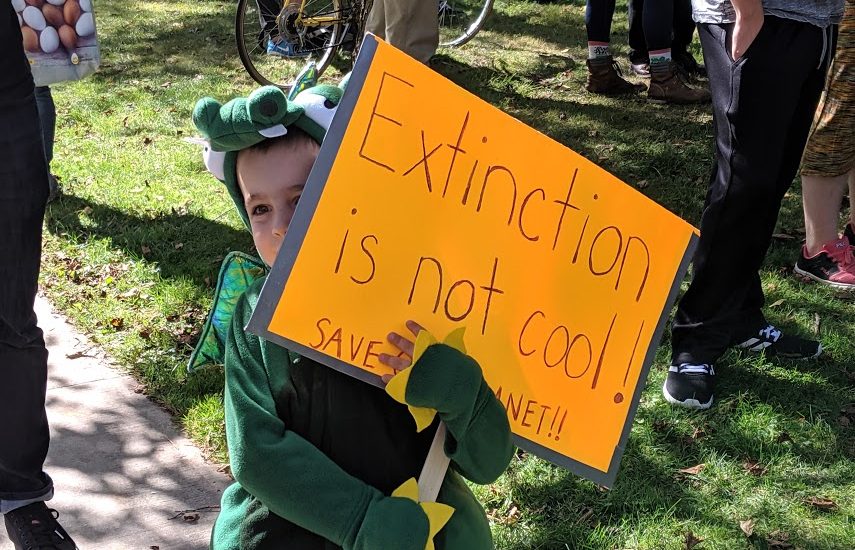
KJIPUKTUK (Halifax) – We keep hearing about the tough new emission targets embedded in Bill 213, the Sustainable Development Goals Act, the legislation that is winding its way through Province House.
But it is only tough in comparison. It’s also two years late, and there are few signs that this government is ready to walk the walk.
The legislation calls for a reduction in greenhouse gas emissions by 53% below 2005 levels by 2030, and net-zero by 2050. The most aggressive targets in North America is what Environment Minister Gordon Wilson called them last night in the House.
Well, don’t stop marching just yet. There are things to like in the new legislation, and there is lots not to like.
For one thing, the claim that the 2030 target aligns with what the United Nations calls for is only true in a superficial way.
As the Ecology Action Centre explains in a neat two-pager the provincial targets ignore the fact that Canada and Nova Scotia have a greater obligation to reduce emissions than the global average because we have been emitting so much more greenhouse gases for so much longer than countries in the global South.
The new provincial target results in 11.2 million tonnes of provincial GHG emissions (53% below 2005 levels) by 2030, whereas the EAC believes the target must be no more than 9.8 Million tonnes (50% below 20030 levels) by 2030.
This gets us to the sense of urgency that the government now claims to share with the 10,000 folks who took to the streets earlier this month.
This new bill is a successor bill to the Environmental Goals and Sustainable Prosperity Act (EGSPA), passed unanimously in 2007. It was by law due for a review and redefinition of its targets by 2017. In other words, the review is now two years overdue, three years by the time it’s new targets will have been defined.
EGSPA was a very detailed piece of legislation, spelling out objectives in terms of energy efficiency, public drinking water supplies, energy efficiency, local food production, wetlands conservation, and so on. Bill 213 will pull all these targets out of the legislation, and into regulations. In other words, they’ve made targets much easier to change, by order of cabinet rather than through the public and more democratic legislative processes.
Finally, this legislation is being tabled by a government that has done little to give environmentalists a warm and fuzzy feeling.
Remember, the same guys who claim to get the climate change message opened a coal mine, are supportive of a large (fracked) natural gas export facility in Guysborough County, Alton Gas, and continue to aggressively push offshore oil and gas exploration.
I believe there is a climate strike rally at the Legislature planned for November 8. Hope to see you there.
With a special thanks to our generous donors who make publication of the Nova Scotia Advocate possible.
Subscribe to the Nova Scotia Advocate weekly digest and never miss an article again. It’s free!



